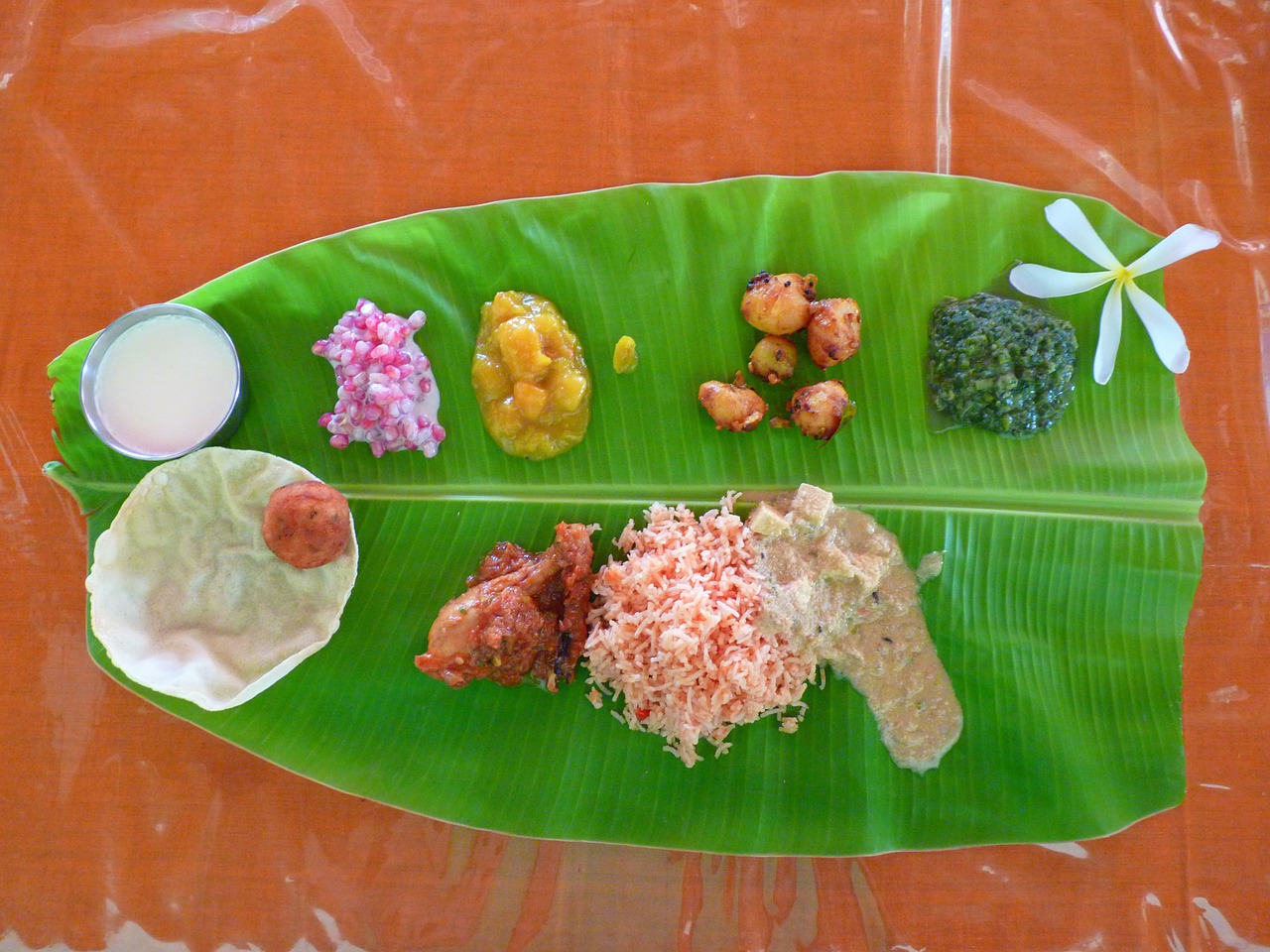At some point in our childhoods, or even young adulthoods, we’ve been at the receiving end of a small lecture on good eating habits by the family elders. Raise your hand if you’ve been subjected to disapproving head shakes and pursed lips when you’ve gobbled up our food in a hurry, or when eating while plonked in front of the TV.
Back then, in the flush of youth, we dismissed the wisdom and experience of our elders. Now, however, their words are coming back to haunt us. More so, because some of that advice seems to have the backing of science and health experts. Many of the early generations followed traditionally tried and tested practices during meal times which helped them manage their weight, blood sugar levels and overall health.
Don’t hesitate to explain these customs to your child. Kids love to know why. And when you back up your reasons with a sound explanation, you’re giving your little ones a head start in healthy living. You’re also giving them a keen insight into their roots and rich history of their tradition.
Here are some of our eating practises and habits that are rooted in science and promote healthy living.
#1 Sitting cross-legged during meals
It’s the favourite seated position when on the floor, not to mention comfortable. But, did you know that sitting cross-legged is also a yoga posture called Sukhasana? This pose directs the blood circulation towards the stomach area, which aids digestion. It also helps keep the muscles and joints flexible. Most Indians find it very easy to sit in this position because we’ve done it all our lives. But in other countries, many need several yoga lessons before they can achieve this seated position.
How to get your kids to sit cross-legged:
Encourage your little one to pick up this practice as soon as they learn to feed themselves. Kids love the floor. You can still use your fancy dining table if you want. There is nothing stopping anyone from sitting ‘criss-cross, apple sauce’ on the chairs.
#2 Eating fresh and seasonal food
The refrigerator changed the way most Indians ate their food. Earlier, food was consumed almost immediately after it was prepared. Food starts losing its nutritional value slowly after it’s cooked. The longer you wait, the fewer the nutrients. While there is some debate over the merits of frozen food and freezing the nutrients, there is no argument that fresh food tastes better.
Another piece of advice your grandmother was right about is seasonal produce. There is a reason some fruits and vegetables are only available in winter, while others bloom in summer. They contain valuable nutrition needed for that season. Our food reflects our environment, our climate and our delicate ecology. By eating food that is forcibly ripened off-season, you are unlikely to reap the maximum health benefits and subject yourself to the harmful chemicals used during the artificial ripening process.
How your kids can eat fresh:
Yes, we’re all busy. Some of us even cook food for days at a time. While it’s not possible to may not be possible to ensure every meal is fresh, but you can always mark weekends, holidays or have dedicated days for it. Another option would be to include a freshly prepared salad along with steamed or raw seasonal veggies with every meal. This lockdown has forced us to cook our food. It is a blessing in disguise, so let’s learn from it.
#3 Eating with your fingers
While spoons and forks hold merit, there is something very satisfying and grounded about the food you eat with your hands. Touching your food before eating helps you gauge the temperature, and prevents quite a few mouths from getting burnt. You are also more aware of your diet and mindful of how much is being eaten. Your path to easy digestion starts with your hands. Nerve endings in your fingers trigger the digestive juices and enzymes. It’s also an excellent workout for your fingers, helping them stay agile [click here for details].
How your kids can eat with their hands:
When at home, abandon the cutlery and bring out the washed-and-dried fingers. Your kids will learn to love to eat with their hand while simultaneously developing their fine motor skills.
#4 Eating on banana leaf
This humble, verdant leaf was often the plate of choice during weddings and auspicious occasions. It was a strong tradition that sadly gave way to crockery in modern times. However, there are so many health benefits of eating on banana leaves. For one, it’s eco-friendly. Another, on contact with hot food, the leaves release several nutrients and polyphenols into the meal. They also contain antibacterial properties that sanitise your food[1].
How your kids can eat on banana leaves:
Banana leaves are easily available in the market. You could line your family’s plates with the leaves before serving. Or else, use the leaves to steam food like idlis, brinjal slices or fish fillets stuffed with green chutney. The leaves also add a unique flavour to the food.
#5 Fermented food
There are quite a few desi recipes from every corner of the country that encourages fermentation. This process enables the growth of probiotic bacteria which, when eaten, promotes healthy digestion in your gut and even strengthens the immune system (link to our immunity booster article).
How your kids can eat fermented foods:
Most kids won’t say no to a plate of piping hot idlis, dhoklas or a bowl of yoghurt sprinkled with jaggery powder or diced fruit. Sweet achaar or chutney (made through fermentation) can also help satisfy your child’s picky palate.
#6 Post-meal jaggery treat
When my daughter finishes her last bite of lunch, the first words out of her mouth are, “May I have dessert?” It’s hard to deny such a politely worded request. But as a mom, I can’t ply her with processed sugar after every meal. Our grandmothers, however, were well prepared to deal with such events. They would present a coin-shaped piece of jaggery to please children and adults alike. It had the sugary taste that many desired, with several health benefits too. Not only is jaggery flushed with nutrients like iron, but it also stimulates enzymes in our body. Post-meal, a tiny piece with ghee helps us digest effectively.
How your kids can eat a healthy dessert:
This one needs no adaptation. Just do what our elders did. Keep a jar with bite-sized pieces of jaggery and hand them out to your kids after mealtimes.
#7 Cooking with earthen/iron utensils
Earthen cookware was quite a common staple in many kitchens back in the day. Then aluminium and Teflon took over. However, cooking in earthen pots seems to have a host of benefits. These porous vessels hold more moisture and flavour, while also adding nutrients like iron and calcium to your food. Food tastes better and keeps your family healthier.
An iron Tava or kadhai is also a healthy alternative. Not only do are they safe from the plastic coating, but they also leech a small amount of much-needed iron into your food.
How to get healthier utensils:
Many brands that believe in a similar philosophy have emerged in recent times. You can check out Mitticool, Ellementry and Clay hot pots.
Conclusion
We’re lucky to have such a deep well of knowledge and intuition into which we can tap. Our culture even recommends eating together as a family, which gives our children a healthier perspective on food. Take a good look at our many rich traditions to plan a better future for your family.






Leave A Comment